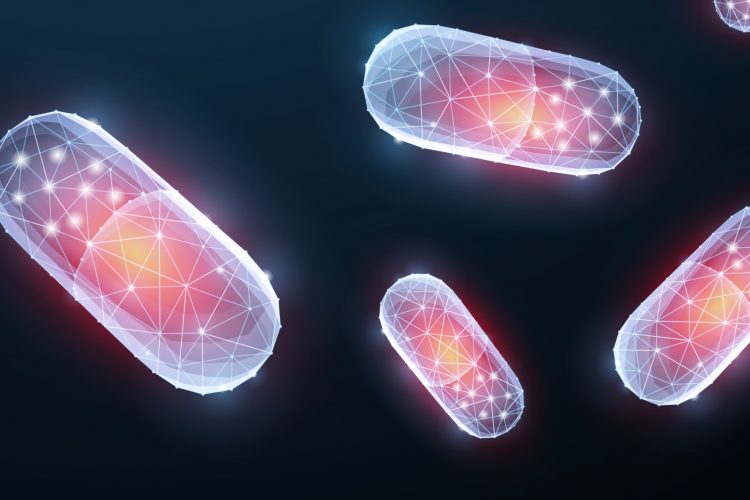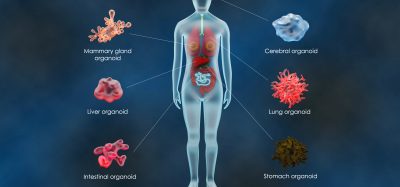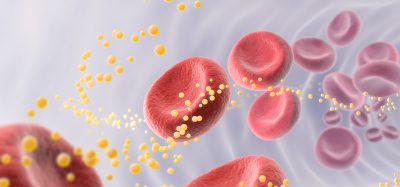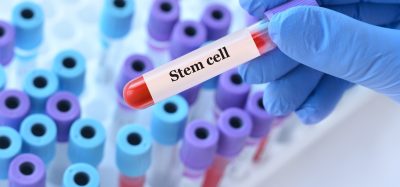Changing the paradigm of drug discovery processes with AI
Posted: 25 June 2024 | Ellen Capon (Drug Target Review), Fabrice Chouraqui (Cellarity) | No comments yet
We had the privilege of speaking to Cellarity’s CEO, Fabrice Chouraqui, about how the company is leveraging AI to completely revolutionise the drug discovery process and unlock treatments for a vast array of diseases, even in the absence of known targets.


How is Cellarity leveraging artificial intelligence (AI) and machine learning (ML) to revolutionise drug discovery and enhance our understanding of complex human biology?
What makes Cellarity special is that we are shifting the starting point of drug discovery. For decades, the unique starting point has been finding a single molecular target, but technologies such as single cell omics, machine learning, biology, chemistry that enable us to shift this focus. Our approach allows us to unravel the complexity of human biology and create a drug candidate that would be out of reach with the traditional methods of discovery.
Many companies most often use AI to make the current drug discovery process more efficient, such as designing an algorithm that finds new targets more efficiently. Ultimately, they remain hostage of a very reductionist paradigm of reducing a complex disease to a single molecular target.
Can you provide an overview of the upcoming milestones for Cellarity, particularly regarding the progress of its first drug candidate for sickle cell disease as it advances to IND enabling studies?
We are really focusing on continuously developing our platform, as well as ensuring that it delivers highly differentiated drug candidates that will change treatment paradigms. The first drug candidate for sickle cell disease is expected to enter the clinic in the first half of next year. Also, we are expecting a clinical proof of concept in healthy volunteers by the end of next year, which will be another important milestone. Our programme in immunology is following our sickle cell disease programme by about six months.
Biomarkers are redefining how precision therapies are discovered, validated and delivered.
This exclusive expert-led report reveals how leading teams are using biomarker science to drive faster insights, cleaner data and more targeted treatments – from discovery to diagnostics.
Inside the report:
- How leading organisations are reshaping strategy with biomarker-led approaches
- Better tools for real-time decision-making – turning complex data into faster insights
- Global standardisation and assay sensitivity – what it takes to scale across networks
Discover how biomarker science is addressing the biggest hurdles in drug discovery, translational research and precision medicine – access your free copy today
Additionally, we already have a collaboration with Novo Nordisk which has been extremely fruitful in uncovering novel biological insights for MASH – an extremely complex metabolic disease. Based on that experience, we are also in discussions with other pharmaceutical companies to expand the use of our platform in new areas through collaborations.
How might Cellarity’s innovative methods lead to treatments with lower toxicity risks compared to existing options?
When considering the value of a treatment, you must think of efficacy as well as safety. The Cellarity platform can help to uncover drugs with game changing efficacy, because we are focusing on the cell, which is a much better proxy for disease compared to a single molecular target. Studying the cell enables quicker identification of safety liabilities, and once again, here we are leveraging our machine learning capabilities. For instance, we have developed a model for drug induced liver injuries, which allows us to predict in silico the risk of liver toxicity for a drug candidate.
The validation of that model demonstrated that it was much more powerful than existing models. Our goal is to replicate this type of model in other types of toxicity, so we can be informed of the potential toxicity liabilities of drug candidates before we test them in animal models.
In what ways does Cellarity’s approach to drug discovery potentially reduce treatment costs for patients?
That is a great question. You can reduce cost to patients by doing two main things. The first is by making the healthcare system more efficient, which would require a much longer conversation! The second way is by increasing the chance of success into the clinic by decreasing the rate of failures. The rate of failures obviously generates additional cost, which ultimately is passed on to patients.
We are developing a platform that is redesigned to drive a much higher level of clinical translation. Why? Because once again, we are looking at biological system in full and not through a reductionist approach. Understanding why cells move from a state of health to a state of disease will lead to the prediction of compounds that will address the cell dysfunction that we have uncovered. It is only later, when we deconvolute the mode of action of some of our two compounds, that we can discover a new target or new targets. Notably, these targets are the result of a phenotypic expression, not the result of a bet at the very start of the drug discovery process. This is a new paradigm that will allow the unlocking of treatments for a vast array of diseases, even in the absence of known targets.
Consequently, the drug candidate that we are creating is expected to have a much higher level of translation into the clinic. Most bets placed on a target at the beginning of drug discovery unfortunately do not work, as what you believe may work in a test tube often does not translate into humans. This is still why only one or two out of 10 drug candidates being tested in humans will reach the patients. This is one of the single most important limitations of the current drug discovery approach that needs to be tackled if we want to decrease the cost of innovation.
By the Cellarity platform uncovering drugs that are out of reach with the traditional method of drug discovery, it will allow patients that need new treatment options to get those treatments.
What improvements in treatment efficacy can be expected from Cellarity’s AI- and ML-driven drug discovery approach, especially in comparison to current treatments on the market?
I can provide the example of our lead programme in sickle cell disease. Here we have a drug candidate entering IND-enabling studies that has a profile of gene therapy-like efficacy in a once-a-day pill. Being able to generate this level of efficacy and convenience would be game changing for patients, and this example is a good illustration of the power of the Cellarity platform.
About the author


Fabrice Chouraqui is CEO-partner of Flagship Pioneering and CEO of Cellarity. Cellarity is a Flagship-backed company developing game-changing medicines that are unreachable with traditional methods of drug discovery. By harnessing the power of AI and single-cell omics data, Cellarity’s platform allows the company to see disease biology others cannot. The Cellarity platform links biology and chemistry to multi-omics data and enables the design of medicines against cellular dysfunction – an approach applicable to a vast array of diseases to offer new hope to patients in need.
Related topics
Artificial Intelligence, Clinical Trials, Drug Discovery, Drug Discovery Processes, Targets, Translational Science
Related organisations
Cellarity
Related people
Fabrice Chouraqui (Cellarity)








